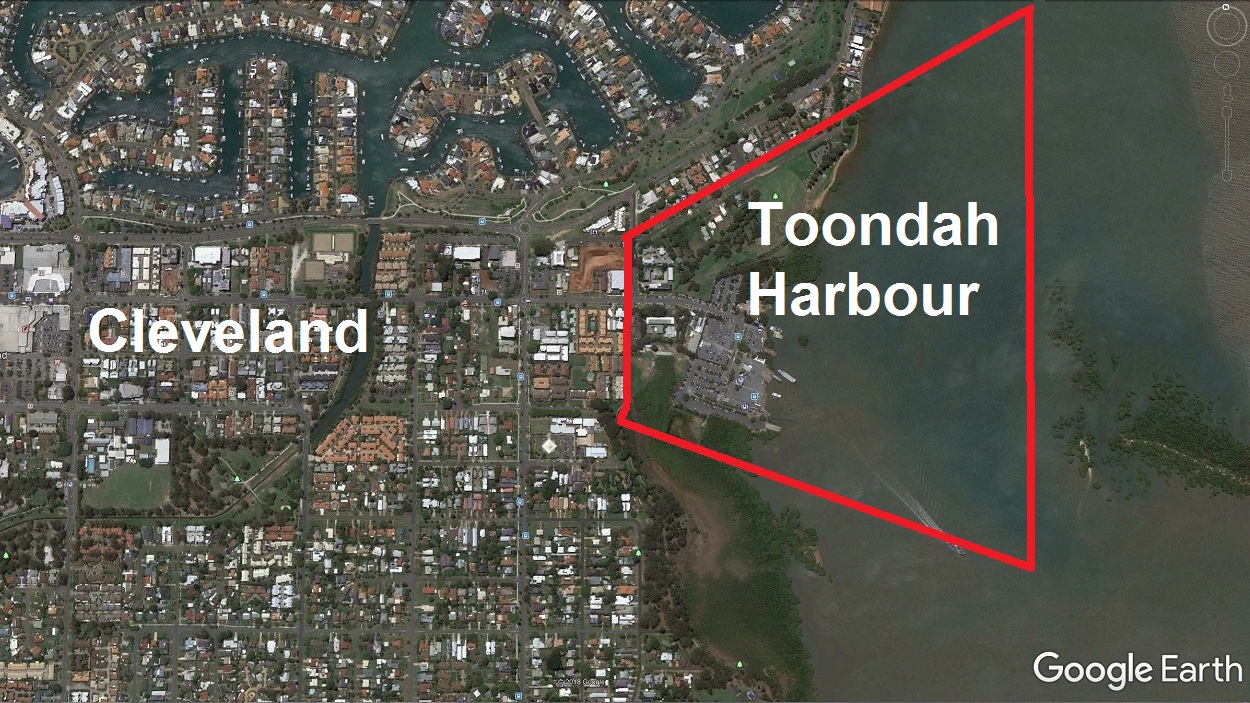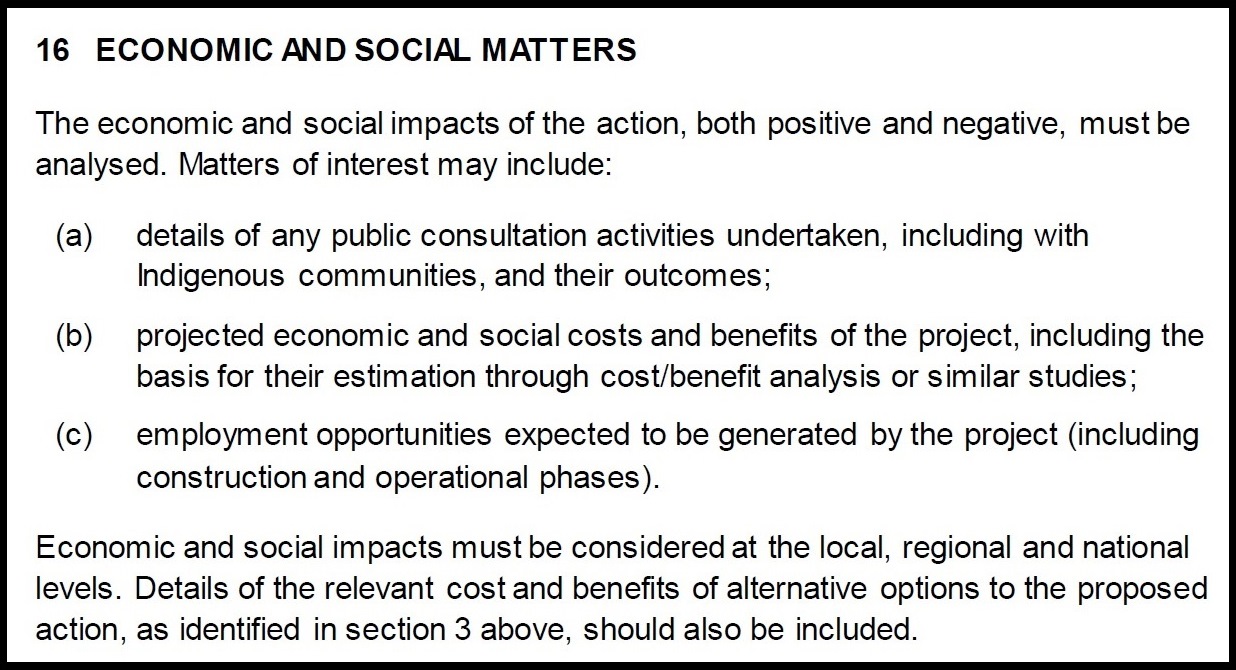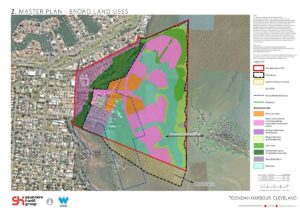

Governments in Australia often use cost-benefit analysis to assess if a project would benefit the community. The technique is meant to add up all the benefits and all the costs and give a ‘net benefit’.
There is plenty of room for argument about what are the costs and what are the benefits and how to value these. Even more passion is generated by questions of who gets the benefits and who suffers the costs. Cost-benefit analysis is poor at dealing with matters of winners and losers.
Proponents of building 3,600 apartments on publicly owned lands and wetlands at Toondah Harbour claim this will benefit the community. For some, jobs are the benefit; for others it is waterfront boulevards or a better harbour that saves public money.
Properly executed, a thorough cost-benefit analysis might inform both the community and government decision makers about whether or not there would be a public benefit if development at Toondah were to proceed.
Public benefit assessments should cover every aspect of a project – environmental, social and cultural as well as private profit. To give a simple example, a test of deciding on a new railway should include whether construction costs and environmental damage done by building the rail corridor are outweighed by travel time saved by commuters and reduced carbon emissions by moving people and freight by rail instead of road.
Queensland Treasury has issued a Project Assessment Framework for doing public benefit analysis for projects within the state. It states the aim is to provide ‘detailed risk, financial, economic, budget, social and environmental analyses of each of the options’.
Infrastructure Australia, an independent body advising the Federal Government, uses the same kind of project analysis. So does Building Queensland, which advises the State Government.
Cost-benefit analysis in the Toondah EIS
The guidelines set for the environment impact statement (EIS) for the proposed Toondah Harbour development require such analysis to be completed by the project developer. The relevant part of the EIS guidelines is shown in figure 1.

For the cost-benefit analysis in the EIS to have public credibility, the work would need to include details of all community infrastructure benefits which the developer is required to provide and any obligations of Redland City Council to provide benefits such as free or subsidized infrastructure to the developer. This information forms part of the Toondah Development Agreement which has not been made publicly available.
Doing cost-benefit analysis

The essence of the task is to assess costs and benefits to the community. These are not necessarily the same as the costs and benefits incurred and received by a developer. For example, project payments, revenue and profits which go to people outside the area and even overseas give little benefit to the community especially if no or little tax is paid on them. Likewise, impacts of increased noise, traffic and dis-amenity fall on the community and not on the developer.
The hard part is to define the community and to identify the relevant costs and benefits. A rigorous and credible analysis includes the following:
- It is comparative – between doing and not doing the project and doing it at different scales and in different ways. For Toondah, the costs and benefits of building the project must be compared with leaving the environment alone. There might also be comparisons with different options (eg, a marina or no marina; 1,000 apartments compared with 3,600).
- All impacts must be recognised, described and assessed – economic, environmental, ecological, hydrological, social, cultural.
- The analysis considers the additional, marginal impacts on public well-being that stem from the development. The analysis must ignore the effects of what is already occurring. In the case of Toondah, impacts of extra usage of the port stemming from the Minjerribah Economic Transition Strategy are not part of the analysis.
- On the other hand, analysis should take account of business and social activity that is transferred from elsewhere to a new development. In the Toondah case this would include loss of economic activity such as shopping and eating elsewhere in Cleveland.
- The economics of Toondah include any extra productive economic activity in the Cleveland area such as extra rates payments to the Redland City Council, saving or increases in dredging and maintenance costs for the boat harbour and channel, changes in costs and revenue for barge and water taxi operators, higher charges (such as parking costs) for regular uses. It will also include the costs of providing and maintaining roads, water, sewage and other physical infrastructure and health, education and social services and facilities for the increased population stemming from the development.
- Ecological costs and benefits for Toondah include impacts on birds, fish and land and sea mammals from various things such as loss of habitat, impacts of dredging and disturbance of acid-sulphate residues and greater boat movements. There might also be some improved habits for some animals and birds moving into built-areas.
- Social issues include health, education and welfare and things such as alteration of amenity and recreation areas. For example, current users of off-lease dog areas (owners as well as dogs) may well regard the change as a cost but those who can promenade in coffee shops may see it as a new benefit.
There also needs to be a separate evaluation of the impact of the Toondah Harbour development from the perspective of Quandamooka First Nations’ people. Put plainly, what does it mean to have further obliteration of 25,000 years of history.
Valuing the impacts

The most contentious aspect of cost-benefit analysis is putting values, usually dollar values, to the impacts. This is relatively straight-forward for extra infrastructure or income from parking charges. It is especially difficult to put costs on loss of bird habitat or recreational amenity.
Some techniques are available – for example surveying the community to come up with a figure as to how much people would be willing to donate to stop habitat loss. However all of these require what are sometimes heroic assumptions simply because there is no market in nature. Even more obvious things such as valuing time gained or lost because of congestion are difficult. It is relatively easy to put a cost (or gain) on a commercial delivery truck which has a slower or faster run. But how to value the time of people out of the work-force or who are on holiday?
Three other things complicate valuing impacts:
- Dealing with the risk or probability of high cost events such as how is the risk of dugong strikes to be assessed? And what about the chance of acid-sulphate and other residues wiping out commercial and recreational fishing? Climate change is also an issue since higher sea levels may well reduce the future value of the property. Note that both Infrastructure Australia and Building Queensland require a risk assessment of climate change.
- The timing of major costs and benefits across the life of the project is a second issue. Almost all analysis puts a premium on costs and benefits which arise early in the life of the project. Costs and benefits that arise later in the life of the project are discounted. Assumptions about when costs and benefits will occur can have a critical effect on measuring the public benefit in present day terms.
- The discount or interest rate which is applied to future costs and benefits is the third complicating factor. It involves some serious philosophical/ ethical issues about the relative importance put on present and future generations.
Taken together there is real danger that the technical complexity in these matters will obscure the fundamental issues and make it extremely difficult for the public to participate in the process. Moreover, since the developer and their consultants prepare the EIS they make all the assumptions including about what impacts to consider, timing, discount rate and dollar values. The assessors (and critics) of the EIS are often reduced to ticking boxes about progress and process.
A balanced assessment
A cost-benefit analysis must be treated as an aide to political decision-making. It is not a substitute. Most critically of all, the public must insist that some impacts are to be considered in absolute not relative terms. This means that a project should only be allowed to proceed if it can guarantee that the absolute impacts will not occur.
In the case of Toondah Harbour, adverse impact on the First Nations peoples’ country is, for me, one such absolute. Another is ensuring that there is no further damage to vulnerable eco-systems. Both, I think, are matters that sit above the economic calculus.
Howard Guille
Minjerribah
Published by Redlands2030 – 31 October 2019
Please note: Offensive or off-topic comments will be deleted. If offended by any published comment please email thereporter@redlands2030.net
6 Comments
Congratulations Howard and Redlands 2030! This is an unexpected gem of an analysis of how we should do an overall cost-benefit analysis of the Toondah Harbour proposal. I’m very glad I raised the subject a couple of months ago. I raised it then because of the letter written by the Minjerribah leader about how the Toondah proposals up to that point had ignored his people’s welfare and views. Reading between the lines of what he wrote, I think he was raising how critical was their current economic plight. That’s what moved me too (as it obviously moved you!) However I don’t think this impact is an absolute. For me it is rather that if there are economic benefits coming our community’s way, a lot should be directed at the indigenous community of Minjerribah and it appears to me that they would be grateful for them as several other major First People’s acceptances of developments in WA and NT and Queensland have done. And I would add to this excellent analysis that there are many existing cost-benefit reports such as those of the Productivity Commission in Canberra that can be used to quantify increased traffic congestions costs and government health care increases’ benefits for example. So my minor criticism is that Howard has made a cost-benefit analysis sound too hard to do when in fact it is being used in many projects, possibly in incomplete fashion but it’s certainly a lot better than nothing. Even a little of rigour is better than none. I applaud very loudly the fact we now have cost benefit analyses as standard operating procedures in infrastructure. And I don’t care if the developer makes a heap of profit. What I care about is whether the public benefits outweigh the public costs.
Great article. Why don’t Governments do this analysis before jumping into projects that often as not will fail. Down at Cleveland the Raby Bay development was much vaunted in its hey day…but as reality hit costs blew out and ratepayers picked up the bill…and thousands of birds seem to have…disappeared.
Mr Guille’s article discusses a method the Walker Corporation may use in preparing the environment impact statement (EIS) for the proposed development of Toondah Harbour.
This method is cost-benefit analysis.
Toondah is part of Moreton Bay, which is listed under the Ramsar convention on wetlands – an international treaty that protects important wetlands around the world. As well as 50,000 waterbirds, including 30 migratory species, it is the habitat of dugongs and turtles.
Considering that the Walker project is to be built mainly on the recognized Ramsar area the EIS should be based on a risk management assessment. Where risk cannot be mitigated then “Precautionary Principles” should apply.
The precautionary principle in risk management is prudent avoidance. The precaution imposes the requirement to give the environment the benefit of any doubts about such risks. Consideration should also be given to Australia’s credibility internationally if the RAMSAR agreement is repudiated.
The real issue is that most of the State Government’s proposed development area (PDA) is tidal wetlands and protected by the Ramsar Convention – signed by Australia and over 100 other nations. The Ramsar Convention prohibits Walker Corporation’s proposal to fill in the protected wetlands and build 3,600 units. This was confirmed by the Ramsar Secretariat’s submission to the Federal Government on one of Walker’s Requests for Federal approval. This submission was published by Redlands 2030. There are no Urgent National Interests – the only exception to the obligation to protect these wetlands. A cost benefit analysis may be appropriate in other cases but when over half the proposed development area is protected, any cost benefit analysis is a distraction.
The article misses the essential point about the Toondah proposal. The red lines in the image are the State Government’s boundaries of its controversial Priority Development Area. More than half the PDA is Ramsar protected wetlands. Only urgent national interests can justify destruction of any part of a Ramsar wetland – Clause 2.5 of the Ramsar Convention, signed by Australia and 170 other nations.
We need to hold all levels of Government to this international obligation. Red Herrings take us nowhere and assist Walker Corp and corrupt Governments in the end.
The two petitions to Premier Palaszczuk asking her to revoke the PDA are on the right track – over 16,000 signatures and growing –
https://www.actforbirds.org/toondah – over 5,500 signatures.
http://bit.ly/toondahpetition2 – over 11,000 signatures.
Any development of Toondah Harbour will be under water – literally (storm surge/sea level rise) and figuratively (economics).
This has always been clear to anyone who has rationally analysed the proposal.
It is crazy. Makes no economic, environmental, urban, tourism, marketing sense.
Please just fix the port, state government – that is your responsibility.